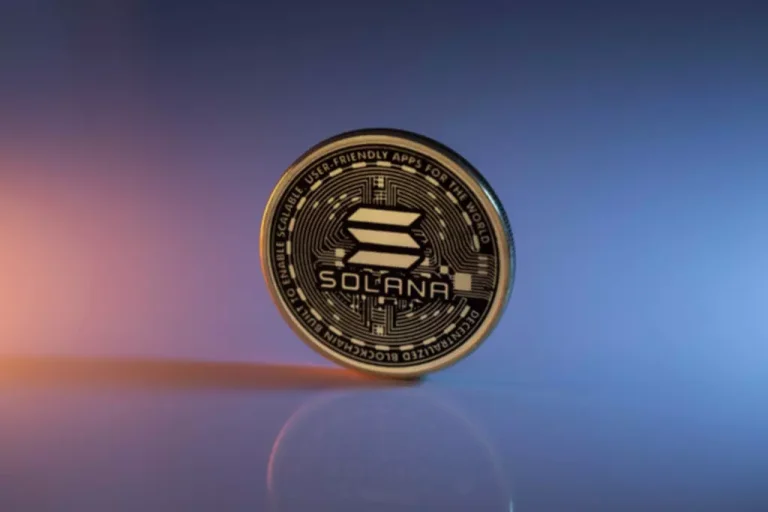Content
Public exchanges have not improved technology to the point where they experience fewer https://www.xcritical.com/ flash crashes than dark pools. Due to the non-private nature of public exchanges, this lack of progress is likely to remain the case in the future. However, even these numbers from LeveL could add some confusion to those looking at the information in a cursory way.
What is the Origin of Dark Pool?
These are private exchanges operated by large broker-dealers, where institutional investors can anonymously trade large blocks of securities. They are organized through Electronic Communications Networks ECNs also. ECNs are computerized trading systems that match buyers and sellers anonymously. dark pool software The dark pool trading crypto concept offers an environment for large-scale buyers and sellers to execute trades away from public exchanges. The aim is the same – to minimize price impact and maintain privacy, albeit in the context of digital assets. The SEC’s worry is that this lack of information could impact investors’ execution decisions and impair transparency in the market as dark liquidity grows.
How does dark pool trading work in the crypto world?

Therefore, dark pool traders enjoy high liquidity in these types of dark pools when they trade tens or hundreds of thousands of assets and dollars. Broker-dealers provide prices based on trading volume and price discovery. The process of price discovery entails setting an acceptable security price according to the supply and Mining pool demand levels, risk tolerance and overall economic well-being.
Electronic market maker dark pools
Investors earn money by placing limit orders in the dark pool, which allows them to buy or sell securities at a specified price or better. One notable example of dark pool trading is the case involving Barclays and Credit Suisse in 2016. Barclays settled for $70 million and Credit Suisse settled for $84.3 million, reflecting concerns around transparency and fairness in dark pool trading, leading to greater oversight and demands for stringent regulations. The average trade size in dark pools has declined to less than 150 shares. Exchanges like the New York Stock Exchange (NYSE), which are seeking to stem their loss of trading market share to dark pools and alternative trading systems, claim that this small trade size makes the case for dark pools less compelling. Contrast this with the present-day situation, where an institutional investor can use a dark pool to sell a block of one million shares.
By February 2020, over 50 dark pools were reported by the SEC in the United States. There are a number of questions that get asked daily about dark pools and how they work. We thought it would be a good idea to get some of the more pertinent questions in and answer them for you. About a third of U.S. equity volume in 2013 took place off exchanges, according to data compiled by Bloomberg.
- However, this liquidity is only accessible to the parties within the dark pool, potentially reducing liquidity in the overall market.
- Plus, the split-second between when a brokerage sells an order and when it is filled can provide enough time for electronic trading systems to take advantage by placing orders for themselves, a shady practice known as front-running.
- When the order reaches the front of its price queue, only the display quantity is filled before the order is automatically put at the back of the queue and must wait for its next chance to get a fill.
- Their name comes from the nature of having a total lack of transparency.
- They were especially pleased with their decision once HFT came into play within the traditional exchanges.
- Dark pools also increase the likelihood of selling a large block of securities without breaking into smaller units.
Sigma X, one of the industry’s largest dark pools, matched a daily average of 123 million shares in May (single-counted). The SEC is particularly concerned about the lack of a uniform reporting methodology for dark pools. Such dark pools are set up and run by the same institutions, and the order flows determine the stock prices. Most broker-dealer-owned companies mainly serve their high-value clients. The part of the market structure adds to the efficiency of the stock market by providing liquidity of certain securities. Dark pools have become so prevalent that almost 40% of all executed stock trades in the U.S are done in dark pools.
The primary purpose of dark pools is to preserve liquidity and minimize adverse effects on price during large-scale transactions. They accomplish this by keeping both the buyer and the seller anonymous, ensuring that the trades are completed without impacting the broader market. Dark pools offer advantages, mostly to the institutional investors who benefit with the fact that their trading information is not public. As such, the investor is buying blocks of shares, is able to keep their information private and thus buy at a good price. The primary reason that one would use a dark pool is due to the fact that large orders have a limited impact on the greater market. Block trading is frequently executed by institutional investors and at times, the size of the orders can have adverse effects on price movements of a security.

Even though it’s a concept borne in the stock market, it has spread its roots into the crypto market as well. It was founded in 2001 and has become a standard destination for institutional investors seeking to execute large block trades with minimal market impact. The platform claims to have global reach, connecting traders from different parts of the world. Another significant advantage of dark pool trading is the potential for reduced transaction costs.
When everyone is releasing their information, participants do not believe that they are at a disadvantage by doing the same. However, when only a few people give out information, those who release proprietary information, intentions, and strategies are at a disadvantage.[31] For these reasons, the growth of dark pools exacerbates price discovery losses. For example, Liquidnet gives investors discounts when they sell in large quantities and in fewer transactions.[21] The lower costs of essentially wholesaling a share or product is a reality that is reflected in many industries. Mathisson said designating dark pool volume on a weekly or monthly basis with a time delay “would be healthy.” Firms could then see which ATSs have volume, based on a standard reporting methodology. Whether such a database could include additional information about specific stocks or execution quality at dark pools could be discussed by industry participants, he said. With the SEC discussing the importance of post-trade transparency, the issue of what type of post-trade information should be made available, and its frequency, has become an exceedingly thorny subject.
However, very few assets are in this category since most can be traded off market without printing the trade to a publicly accessible data source. As the proportion of the daily volume of the asset that is traded in such a hidden manner increases, the public price might still be considered fair. This report discusses “Dark Pools”, relatively recent and controversial electronic stock trading alternatives to traditional exchanges, such as the New York Stock Exchange (NYSE), and now account for about 15% of overall trading volume. The report discusses the pros and cons of “dark trading”, civil suits in reaction to Dark Pools and recent Securities and Exchange Commission actions.
Subsequent rulings in 2005 aimed to enhance competition and reduce transaction costs. In fact, in February of 2022, only ~53% of trading happened on traditional exchanges. This means that almost half of trading activity did not register in traditional market data feeds (stock prices) from stock exchanges. This trading is happening behind the curtain, in private dark pools, unbeknownst to the average investor. These pools can be held by popular exchanges like NYSE, broker-dealer operators, or independent electronic market makers.
This allows the trades to be executed with minimal slippage and without other market participants affecting the price in a reactionary fashion. For instance, regulators may mandate dark pools to disclose the percentage of trades executed at the midpoint of the national best bid and offer. This disclosure provides valuable insights into the liquidity and competitiveness of the market, allowing participants to gauge the efficiency of the dark pool venue.
The responsiveness of the trading system may vary due to market conditions, system performance, and other factors. Account access and trade execution may be affected by factors such as market volatility. The market makers aim to get the customer the best price, but will often collect a difference between the price that the buyer is willing to pay and the seller is willing to accept. It is not easy to trade blocks of shares worth millions of dollars without adversely affecting the market. The share price of a company can be greatly affected when a massive buy order swoops in.
